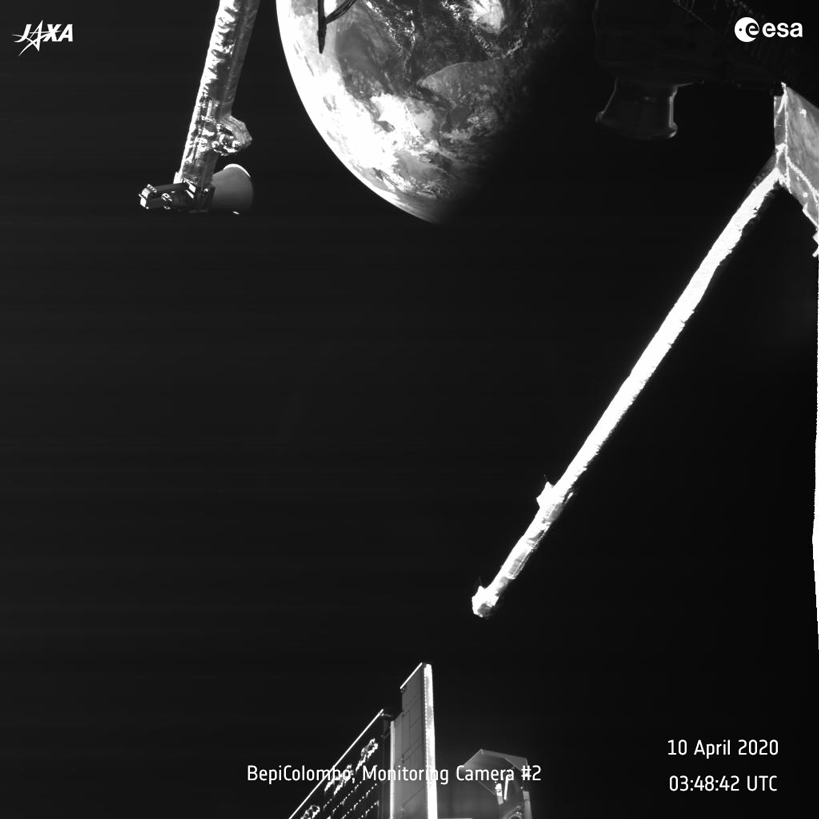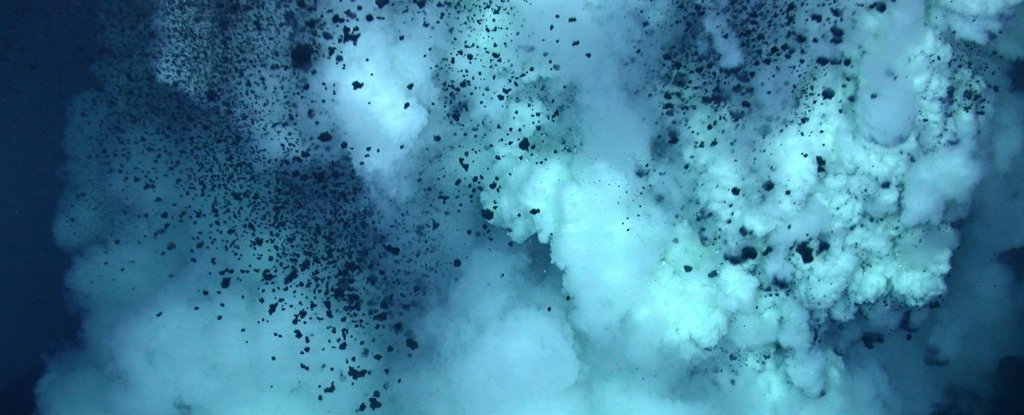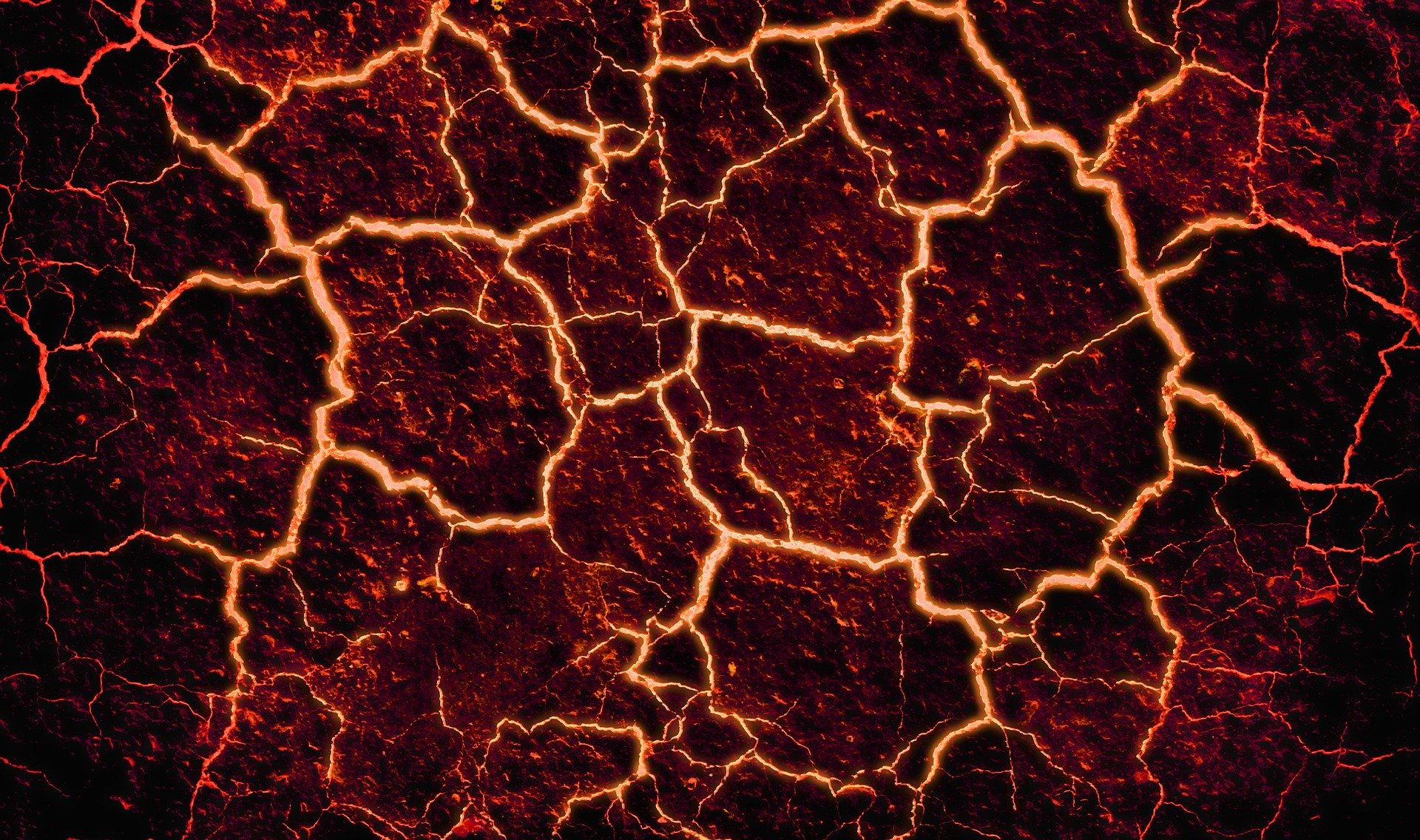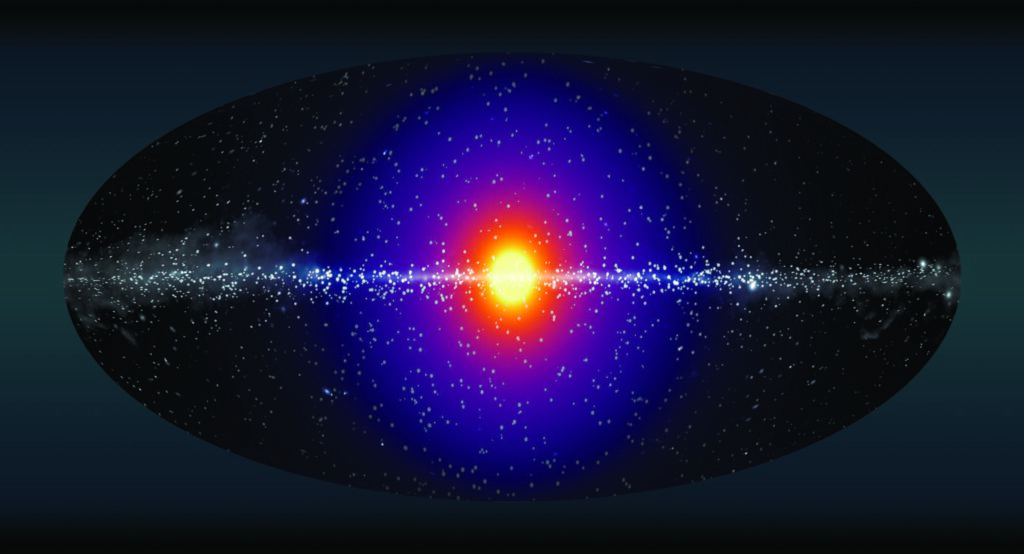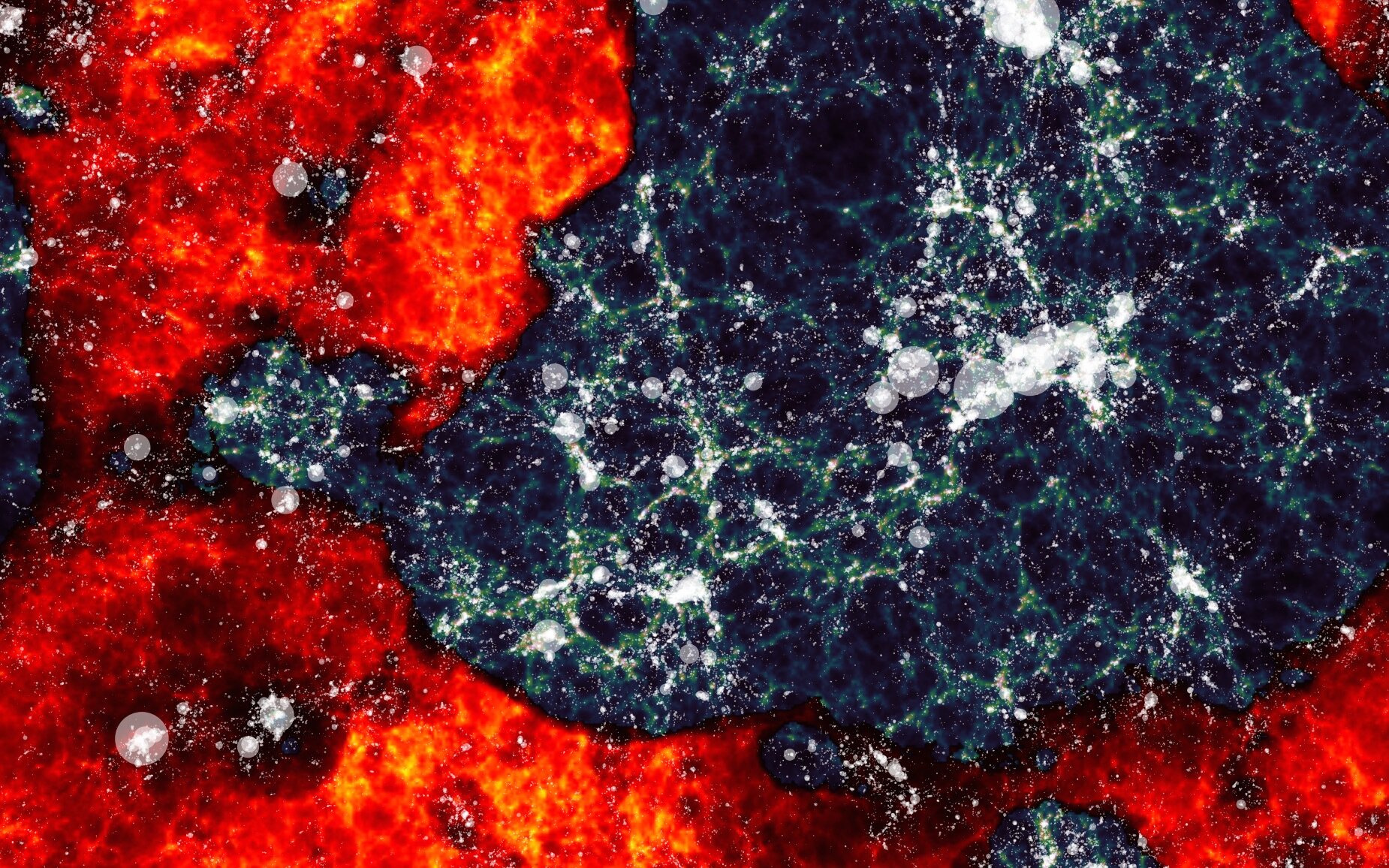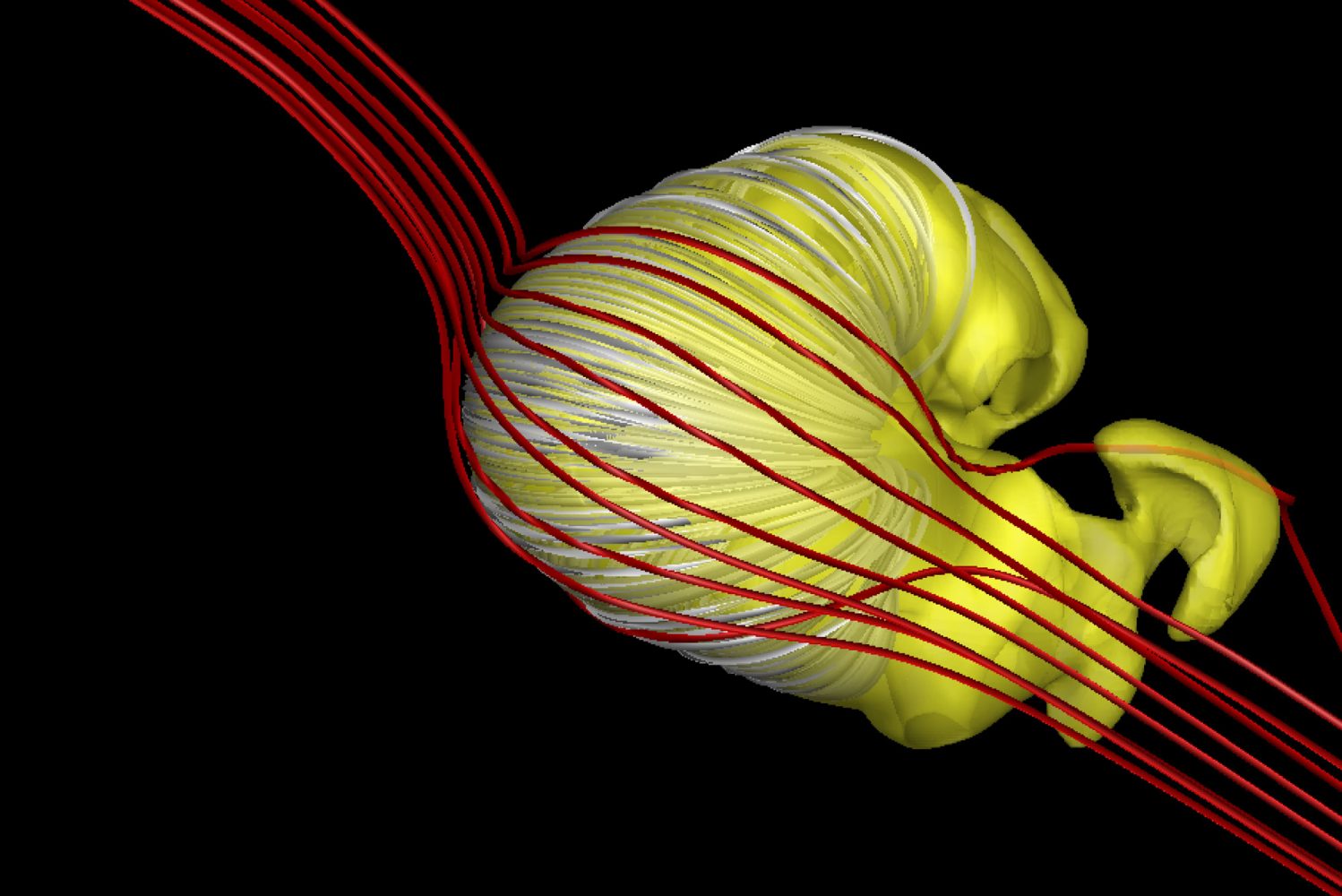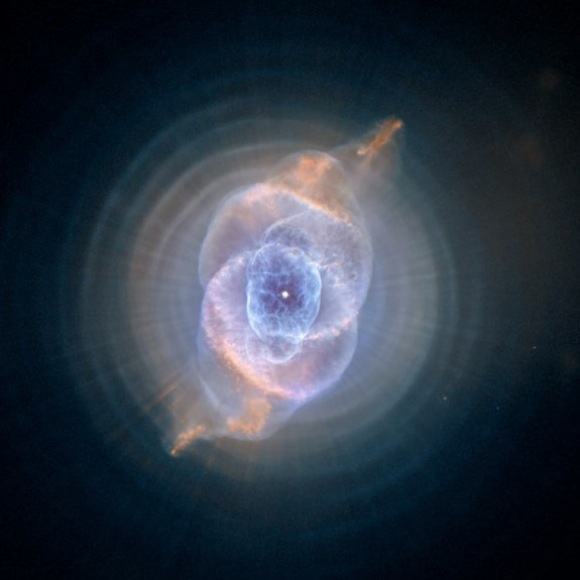Farewell! Even though the BepiColombo mission launched for Mercury in 2018, it’s still hanging around the Earth – at least, briefly, as shown in this stunning image recently released by the European Space Agency.
In the image, the Earth hangs serenely in between BepiColumbo’s magnetometer boom (on the right) and its medium-gain antenna (on the left).
But the Earth flyby wasn’t without its tense moments. The spacecraft relies on solar power, and during the loop around Earth it had to spend some time in our planet’s shadow – and out of the sun. To prepare, the mission scientists made sure that BepiColombo was fully charged and nice and warm before the maneuver.
And on April 10, the date of the flyby, it all went swimmingly.
The spacecraft is on a long, winding journey sunwards towards the smallest planet in the solar system, making loop after loop first around Earth, then Venus a couple times, then Mercury itself half a dozen times before parking itself in orbit. The frequent loops are necessary because at launch BepiColombo was traveling at the same speed as the Earth in its orbit (29.78 km/s), and needs to match that of Mercury (47.36 km/s), and it does so by borrowing some energy from the planets themselves.
Once BepiColombo reaches Mercury, it will separate into two individual probes: the Mercury Planetary Orbiter and the Mercury Magnetospheric Orbiter. The twin orbiters will attempt to answer several challenging riddles about the planet nearest to the sun, like the origins of Mercury’s faint-but-still-there magnetic field and atmosphere, and the craters pitting its surface.
But it will take a long time to get there. BepiColombo’s final arrival at Mercury isn’t scheduled until December of 2025, showing how reaching the inner planets of our system can be sometimes more difficult than journeys outward – it turns out that doing planetary dances is more challenging than you might think.

